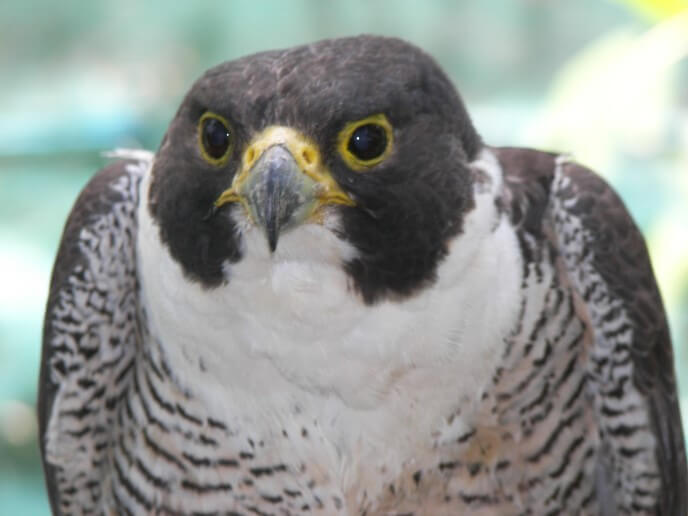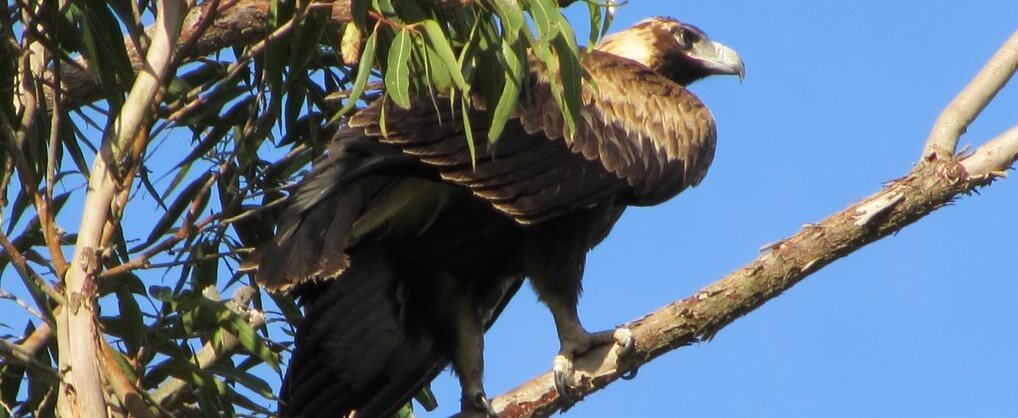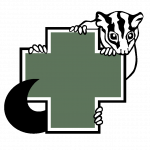RESCUE ADVICE
Birds of Prey (Raptor Birds)
Birds of Prey (raptor birds) are birds that hunt and eat other animals for food. They play a crucial role in maintaining a balanced ecosystem by controlling wildlife populations. Raptors birds include species such as eagles, falcons, hawks, harriers, and owls.
Larger birds of prey, when soaring on thermals in the sky, can often be identified by their spread-apart wingtip feathers. Smaller species, such as kestrels, kites, and harriers, hover over paddocks, searching for prey such as mice, rats, small birds, and insects. All raptor birds have powerful gripping talons that lock onto their prey.
Unfortunately, these birds often collide with fences when diving for prey on the ground or get hit by cars while feeding on roadkill. If possible, when you see a dead animal on the road, move it well away from the roadside where it can be safely eaten by predators. Raptors birds can also be injured by pets or illness.
These birds are incredibly powerful and can cause severe injury to people if not handled with care.
If you find an injured or sick raptor, please call our 24/7 Rescue Line on 0418 628 483. It is operated by volunteers at WIRES. They will alert our team and a trained rescuer will be out as soon as possible.
Rescue Advice
Injured raptors birds undergo assessment, medical treatment, and often intensive rehabilitation. When possible, they are released back into the wild. To survive, all raptor birds must have pristine, undamaged feathers and 100% flight mobility.
Because of their strong talons and biting ability, raptors must be handled with caution. If you are rescuing one, use a thick towel or blanket to completely wrap the bird, ensuring its wings are not twisted but lie next to its body. The bird will remain calm, especially if its eyes are covered—it can still breathe. Call the designated hotline for a rescuer or take it to your nearest vet.
If you take the bird home, place it in a cardboard or plastic box lined with a towel for it to stand on. Cover the box to keep it dark and wait for a rescuer. DO NOT put a raptor bird in a cage if possible, as if it becomes restless, it may damage its wing feathers, which could make it unreleasable.
Threats
Habitat Loss
Urbanisation and deforestation encroach upon raptor habitats, disrupting nesting and foraging areas.
Injuries and Collisions
Raptors often face injuries from collisions with vehicles, power lines, or buildings, necessitating rescue and rehabilitation efforts.
Illegal Activities
Nest disturbance, shooting, and poisoning are significant threats to raptor populations and require active conservation measures.
Types Of Raptors In The Hunter

Owls
The Powerful Owl, Barking Owl, and Barn Owl are a few of the nocturnal raptors found in Australia, playing a crucial role in controlling nocturnal prey populations.

Falcons, Kites & Hawks
The Black Kite, Whistling Kite, and various species of falcons are widespread across the continent, displaying swift flight and acute hunting skills.

Eagles
The Wedge-Tailed Eagle (pictured), Sea Eagle and the Little Eagle are prominent species, known for their large size and impressive soaring abilities.
Significance
Predator-Prey Balance
Raptors help regulate populations of smaller animals, preventing overpopulation and ecosystem imbalances.
Cultural Significance
Many indigenous Australian cultures hold raptors in high regard, symbolising power, freedom, and spiritual significance.
Economic Benefits
Raptors contribute to ecotourism, drawing birdwatchers and enthusiasts to various regions for a glimpse of these magnificent birds.
